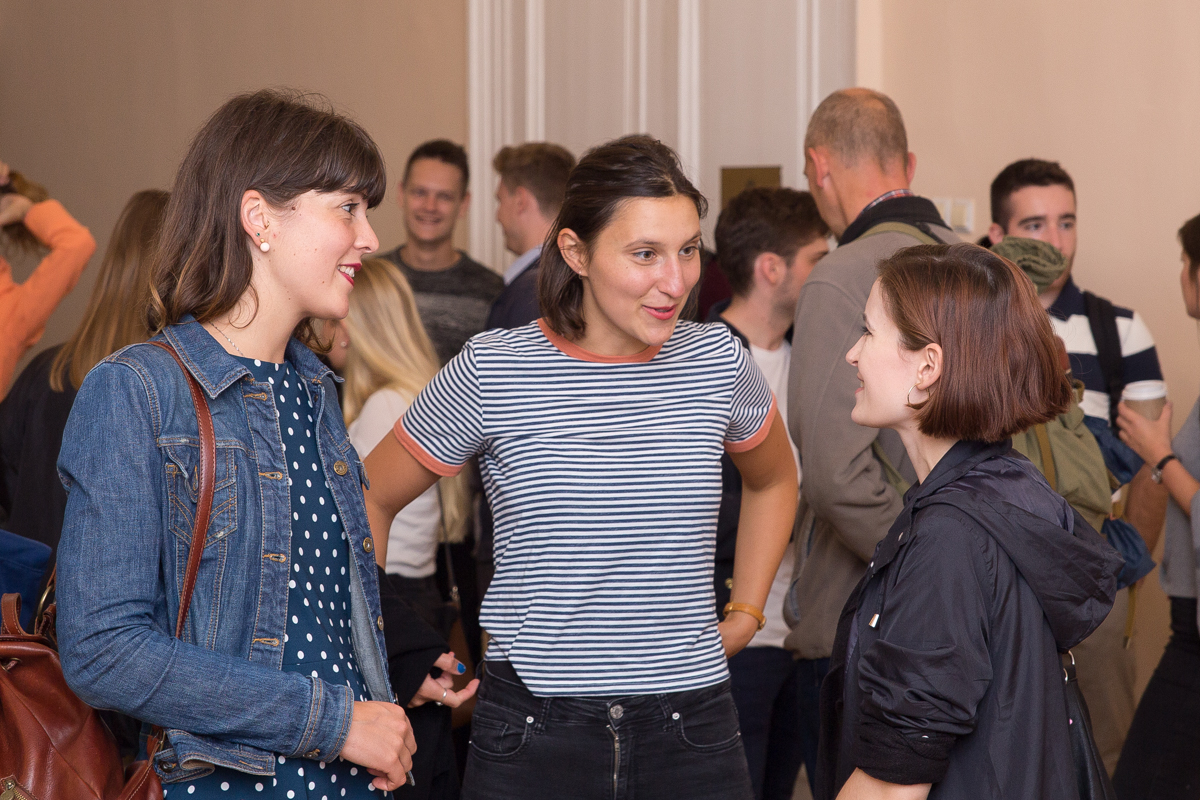Campus quest and other adventures of foreign students in St Petersburg University

At St Petersburg University, the orientation week has ended for the foreign students who came to study on academic exchange programmes.
Traditionally, at the beginning of each semester, the University conducts a series of introductory events that allow exchange programme participants to better understand the city and country where they will study for the next six months. The preparation of thematic excursions and quests, evenings of table games and Russian cinema is carried out by the department of international educational cooperation in cooperation with the Student Union, a public students organisation of St Petersburg University.
448 students from 35 countries have chosen to study at St Petersburg University during this autumn semester.
Starting from their first day at St Petersburg University, foreign students are helped by volunteers - participants in the buddy programme. The president of the Student Union, Mariya Patrikeeva, said that she has participated in it since her first year of studying at St Petersburg University, when she decided to improve her English language skills. At that time, she couldn’t even realise how big this project was. "The university has a large number of partner universities around the world, so students come from different parts of the world. We help them deal with formal procedures, and organise various entertainment and cultural events that help them to adapt in the new environment," explained Mariya Patrikeeva. She added: “For example, participating in the St Petersburg University campus quest gives an opportunity to get acquainted with the traditions of the University, imbued with its spirit and unravel the riddles connected with its history. The assignments are designed so that they are interesting and understandable to the majority of participants. Many students come for one semester, understand what they like to be here, and extend their invitation. Here, they discover a completely different Russia ".
The campus quest is organised according to the classical principle: participants are divided into small teams and are given a map with locations in the building of the Twelve Colleges and on the nearest territories. Following the route, they perform various tasks for which they receive a certain number of points. The team that scored most points wins. In this semester, 80 students took part in the St Petersburg University campus quest. An informal atmosphere and team work help to build new contacts and acquaintances. During the transition from one station to another, the guys share their impressions and different stories. A student from Wroclaw University, Sandra Skopek, said that four years ago she came to St Petersburg for a tour package. She was so imbued with the beauty and cultural diversity of the city that she applied for an educational programme to study Russian philology and has always thought about returning. Now she has the opportunity. Sandra says she plans to study intercultural communication or the cultural space of St Petersburg.
The decisive factor that leads students to the first university in Russia, can be more than a tourist trip. Ian Glynder, a Potsdam University student, became interested in Russia thanks to jazz: his music teacher was fluent in Russian. The student decided to challenge himself and also began to learn Russian. A lot of time has passed since then, and now Ian has come to St Petersburg University to study natural sciences and computer science, but he is still interested in the culture and history of Russia.
The final event, which closed the orientation week, was an evening of international cuisine. Students prepared the traditional dishes of their countries: Japanese onigiri; French onion soup; Belgian waffles; the Austrian cake "Sacher"; the English cake "Flapjack"; the dessert "Cold dog" which is popular in Germany and Italy; ginger pie which is prepared in Czech Republic for Easter; and much more. The holiday has become not only gastronomic, but also cultural. The students performed folk Polish and Russian songs, an old Japanese song accompanied by a three-stringed guitar of the Samisen, and classical and modern music.

